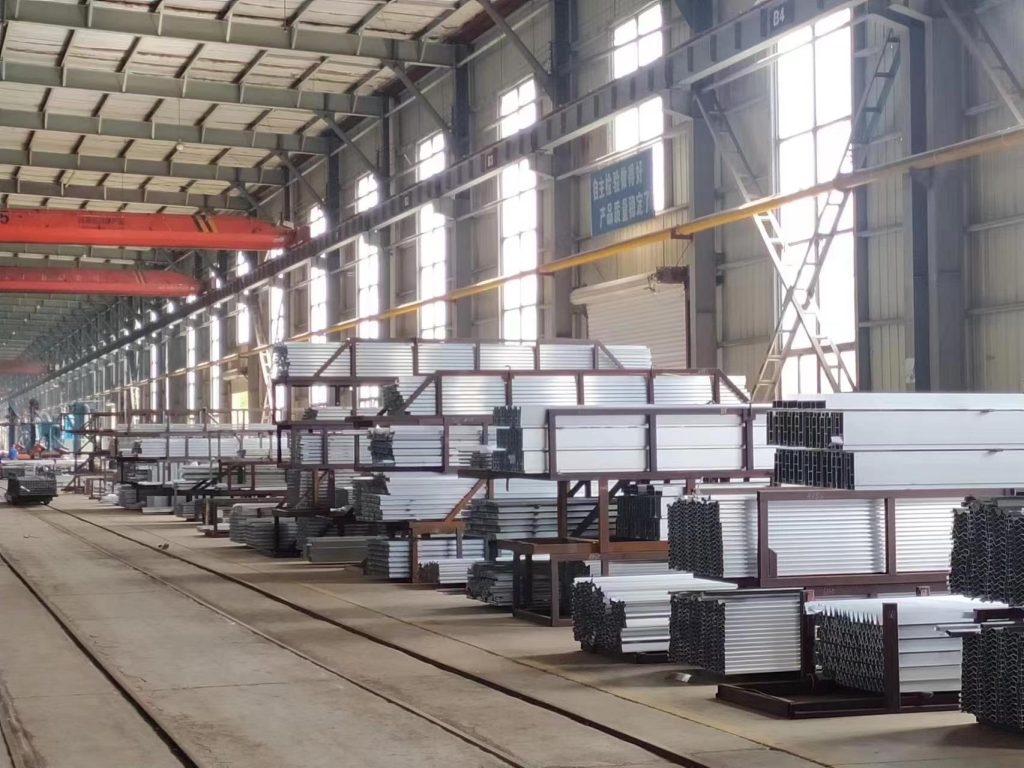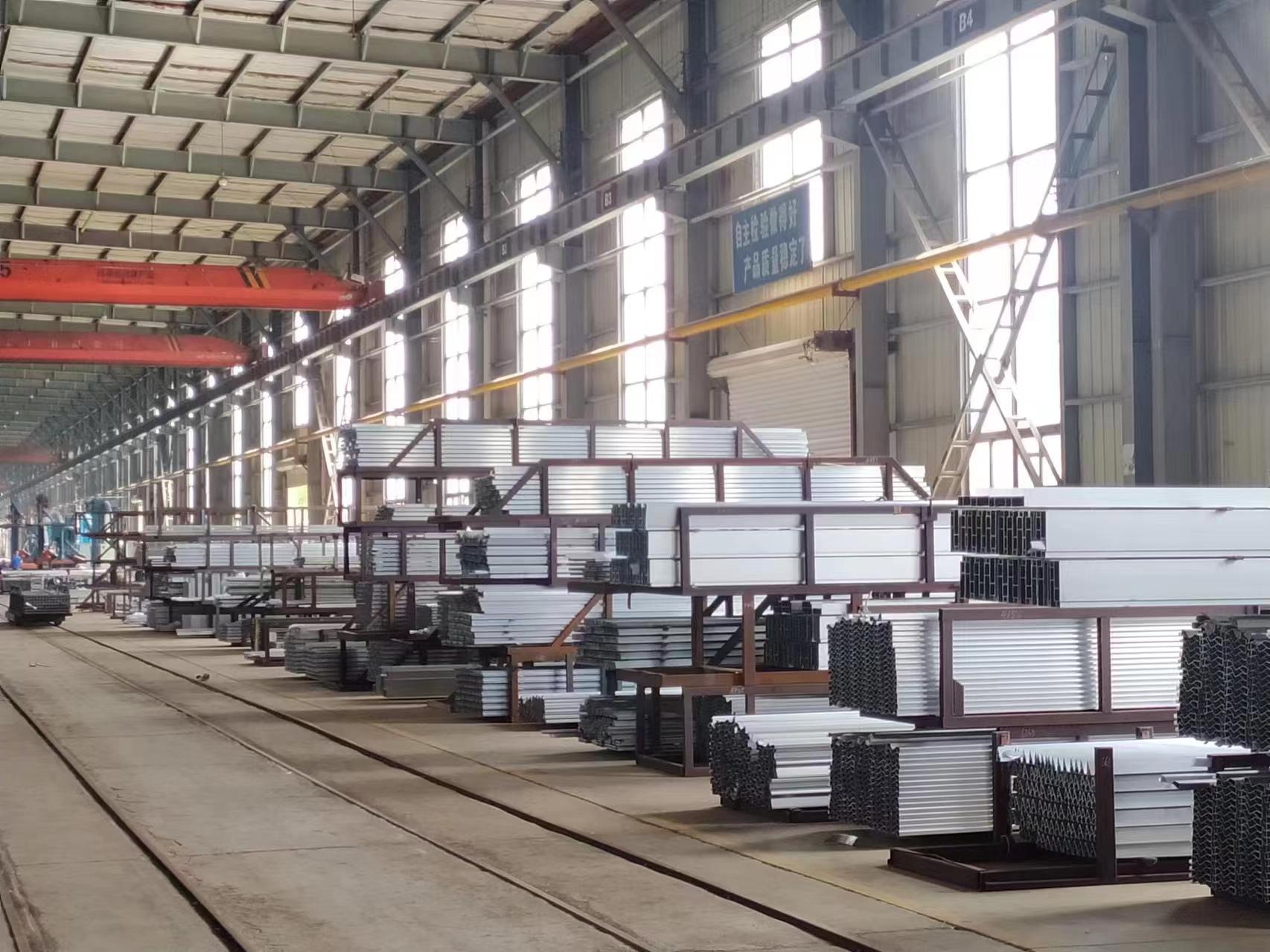The aluminum market witnessed a slight increase in prices yesterday, closing 0.26% higher at 229.05. This uptick was driven by expectations of government support amidst soft economic data from key manufacturing economies. However, the gains were tempered by concerns over disappointing economic indicators from China, the world’s largest consumer of aluminum, which weighed on market sentiment.
Global Aluminum Production Trends
China’s production of primary aluminum surged, nearing last year’s record highs, with a 5% year-on-year increase to 3.65 million metric tons in May. This uptick is part of a broader trend where previously idled capacity in Yunnan province has been brought back online. This robust production growth is notable in a global context where primary aluminum output rose by 3.4% year-on-year to 6.1 million tons in May.
Supply and Demand Dynamics
Despite the increase in aluminum production, there have been challenges in matching alumina supply with the increased demand from smelter restarts in China. Alumina output lagged behind aluminum production, rising by only 3.4% in the first five months of the year. This imbalance between supply and demand has significant implications for the market, influencing pricing and availability.
Economic Factors Influencing Aluminum Prices
The role of China’s economic data is crucial in shaping market sentiment. Disappointing economic indicators from China have created concerns, yet the central bank has reaffirmed its commitment to supportive monetary policies aimed at ensuring economic stability. Additionally, geopolitical factors have played a significant role, with a notable 61.1% surge in aluminum imports in May, driven largely by increased shipments from Russia amidst geopolitical tensions and Western sanctions.
Technical Analysis
From a technical standpoint, the aluminum market experienced short covering, as indicated by a decrease in open interest by -1.92% alongside a modest price increase of 0.6 rupees. Key support levels for aluminum are identified at 227.9, with potential downside testing at 226.6. On the upside, resistance is expected at 230.1, with a breakout potentially pushing prices towards 231.
Conclusion
In summary, the aluminum market is currently influenced by a mix of robust production trends, supply-demand imbalances, and economic as well as geopolitical factors. The future outlook remains cautious but optimistic, with potential price movements hinging on both domestic policies in China and global market conditions. As we move forward, keeping a close eye on these factors will be essential for understanding and navigating the aluminum market.

